Did you know that a DC motor (from a remote-controlled car) and a speaker work on the same principle, “Faraday’s law of electromagnetic induction”?
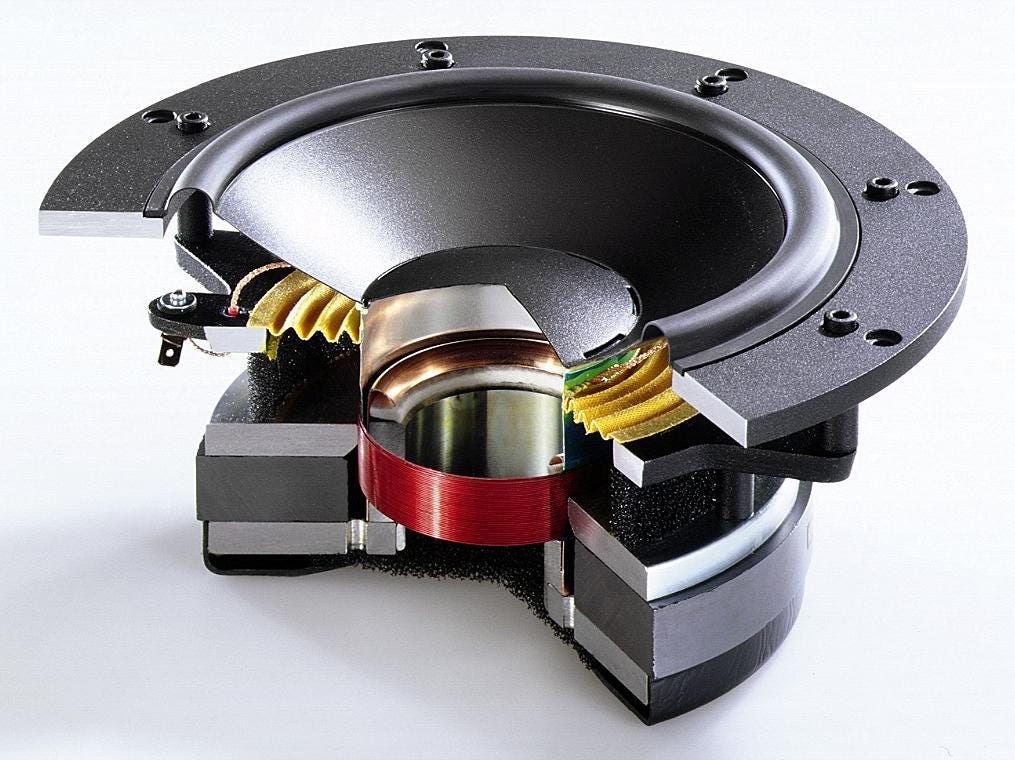
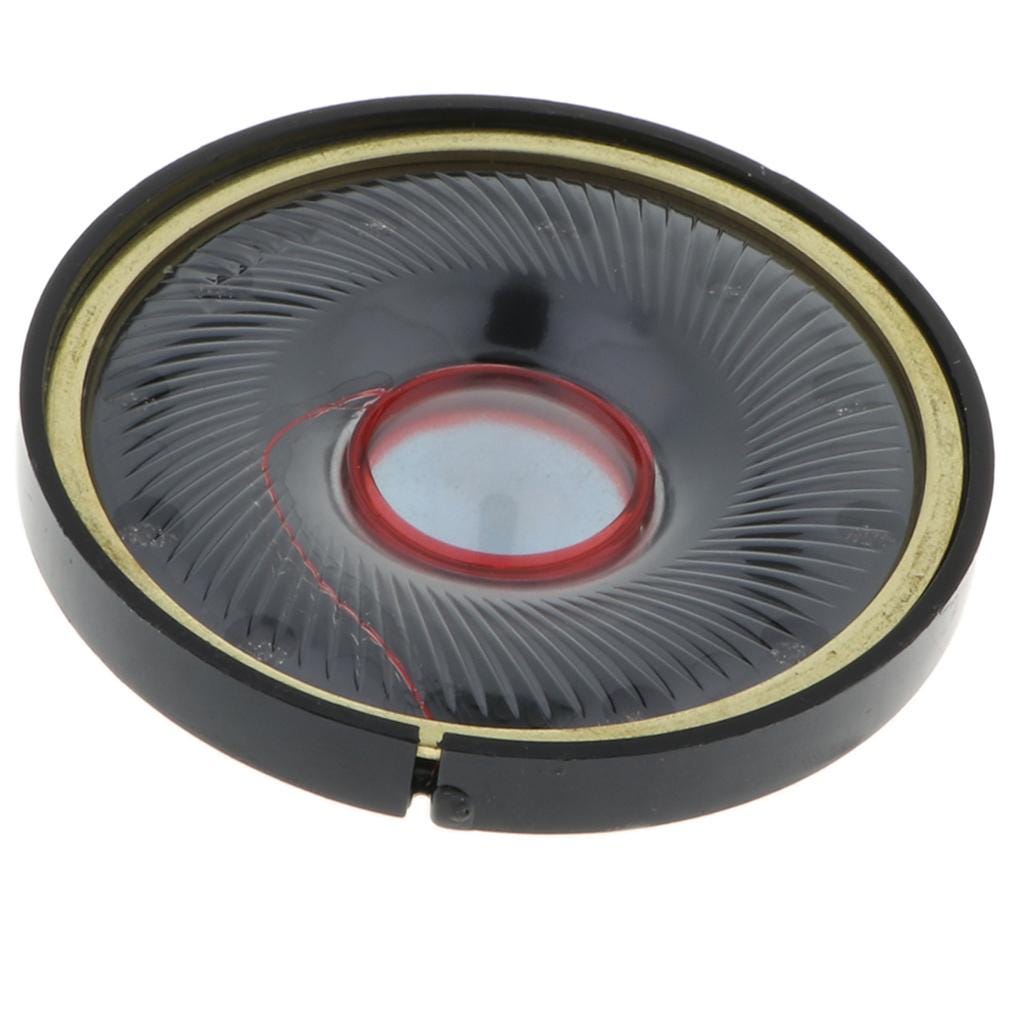
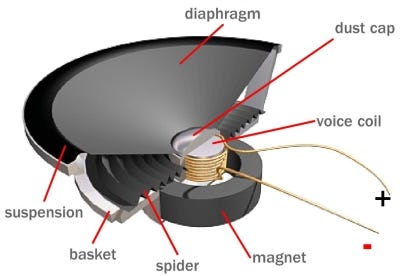
The following are the main components of the speaker: Permanent Magnet Diaphragm (cone) and a Voice Coil.
When
an audio signal in the form of a electrical signal passes through a
circular coil, a magnetic field is created around the coil, and it
behaves like a bar magnet. Because the
audio(electrical) signal has a continuous direction-changing current,
the polarity ( north and south pole) of the coil will change
continuously, causing the voice coil to be attracted to and repelled by the permanent magnet.
For further explanation, you can check out this video:
As
a result of the voice coil’s constant attraction and repulsion,
vibration is produced in the coil. The coil is connected to the
diaphragm. During the vibration of the coil, diaphragm pulls and pushes air, creating a pressure wave in the air that is known as sound.
Pressure
is created on the backside of the speaker in the same way that it is
created on the front side, but it is negative pressure because the
diaphragm is pushing air from the front side and pulling air from the
backside. Since both pressure waves are equal but opposite in phase, if
they collide, they may cancel out, so the speaker is enclosed in a box.
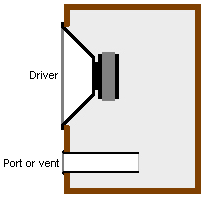
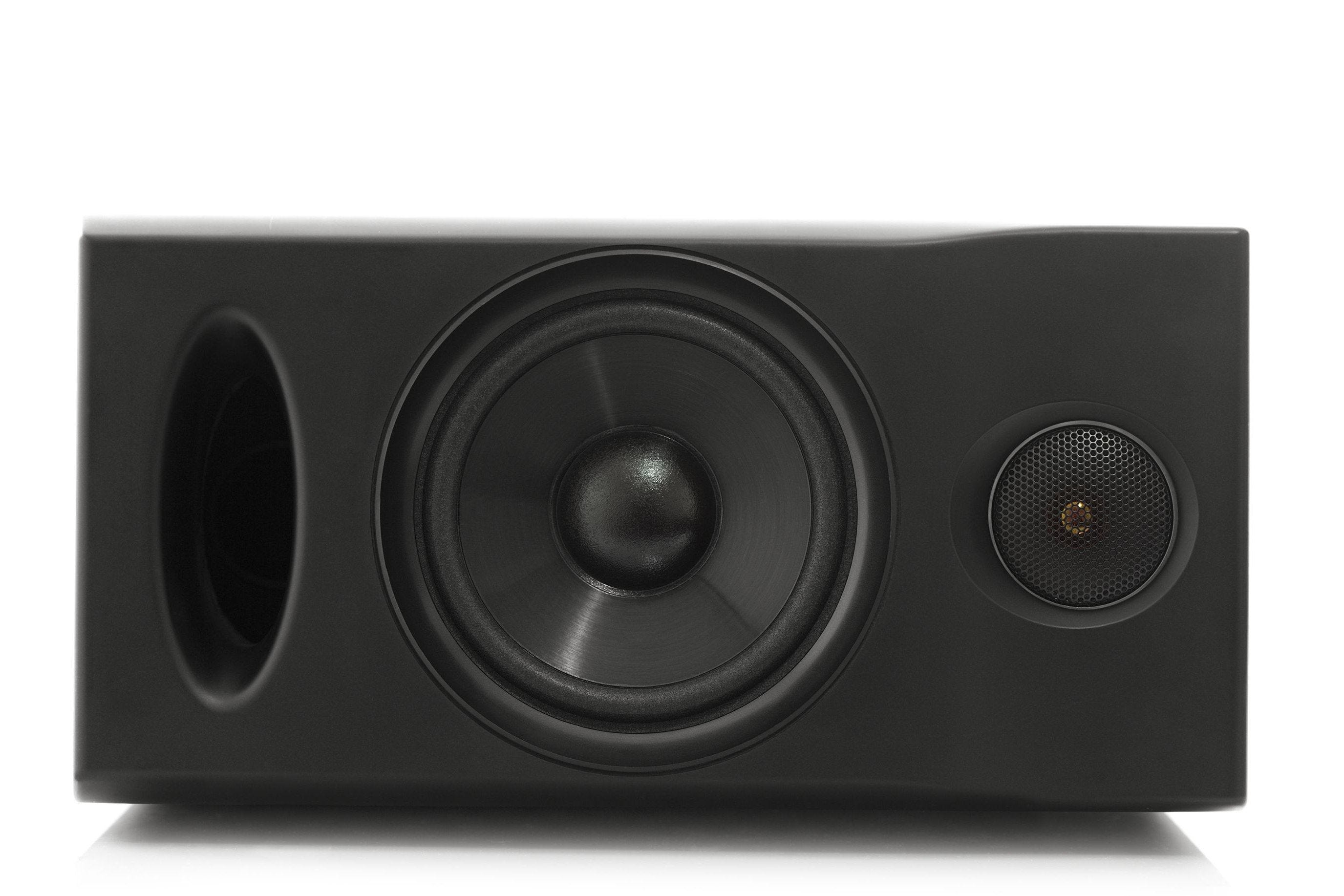
You’ve probably seen holes either rectangular or circular in a lot of speakers. Have you ever wondered why these holes are there and what they serve?
These are known as “Bass Reflex”
holes. Its purpose is to enhance the lower frequencies. The holes are
fixed in length and size and contain a specific amount of air that is
resonant at a specific frequency. When that resonant frequency matches
the frequency produced by the speaker’s backside, the air in that hole
begins to vibrate with more intensity, giving the impression of another
speaker. However, it only works at a resonant frequency. The size of the
hole and the internal volume of the speaker box determine the resonant
frequency.


0 Comments